How to Thaw and Store Breastmilk Safely
If you’ve ever stared at a freezer full of pumped milk thinking, “Now what?”, you’re not alone. Breastmilk storage can feel like a juggling act, between keeping it safe, thawing without losing nutrients, and making sure it’s ready when your baby is. As a mother of 3 ( now much older children) but one who had to be back at work when my youngest was only 2 weeks old. I have done the direct breastfeeds, pump and bottle feeding juggling act that many new Mums have to contend with.
Slow and Steady = safe
Organize your frozen milk like your stocking the produce aisle at the grocery store.
Here are my top 3 practical tips to take the stress out of thawing and storing breastmilk, plus a quick note on lipids (the healthy fats your baby needs most).
Thaw Slowly and Safely
Just like seafood, skip the microwave got thawing. Think slow and safe is best. Microwaves can create hot spots that can burn your baby and destroy nutrients. The best way to thaw frozen breastmilk is:
Overnight in the fridge: Place frozen milk in the refrigerator for 12–24 hours.
Quick thaw option: Hold the sealed bag or bottle under luke warm (not hot) running water.
Once thawed in the fridge, breastmilk is good for 24 hours.
Follow the “First In, First Out” Rule
Think of your freezer like a mini grocery store. Always use the oldest milk first so nothing goes to waste.
Label bags or bottles with the date pumped (and even the time if you’re extra organized).
Store milk flat in freezer bags so they stack neatly and thaw faster.
Create a “milk basket” or bin inside your freezer. Oldest milk in the front, newest in the back.
Don’t Forget About Lipids (The Fats in Breastmilk)
When breastmilk is frozen and then thawed, the fat (lipids) often separates and rises to the top. This is completely normal! But if you have not seen it before, it can look a little iffy. The fat layer is packed with calories and nutrients that help your baby grow.
After thawing, gently swirl (don’t shake hard) the bottle or bag to mix the fat back in.
Shaking too vigorously can damage some of the delicate proteins and immune factors in milk as well as add air to the milk which can make your baby gassy.
A gentle swirl ensures your baby gets all the goodness, not just the watery part.
If your thawed milk has a slightly soapy smell, that’s due to the natural breakdown of lipids from the enzyme lipase. It’s still safe to drink! Your baby may not even notice this, even though you do.
Final Thoughts
Breastmilk truly is liquid gold and these three tips will help you thaw and store it safely so every ounce counts. Don’t forget, those lipids are the richest, creamiest part of the milk, so always swirl before serving. Whether you’re preparing bottles for daycare or just getting ahead for the week, safe storage means peace of mind for you and a full tummy for your baby.

